6 Japanese Clothing Brands You Need to Know
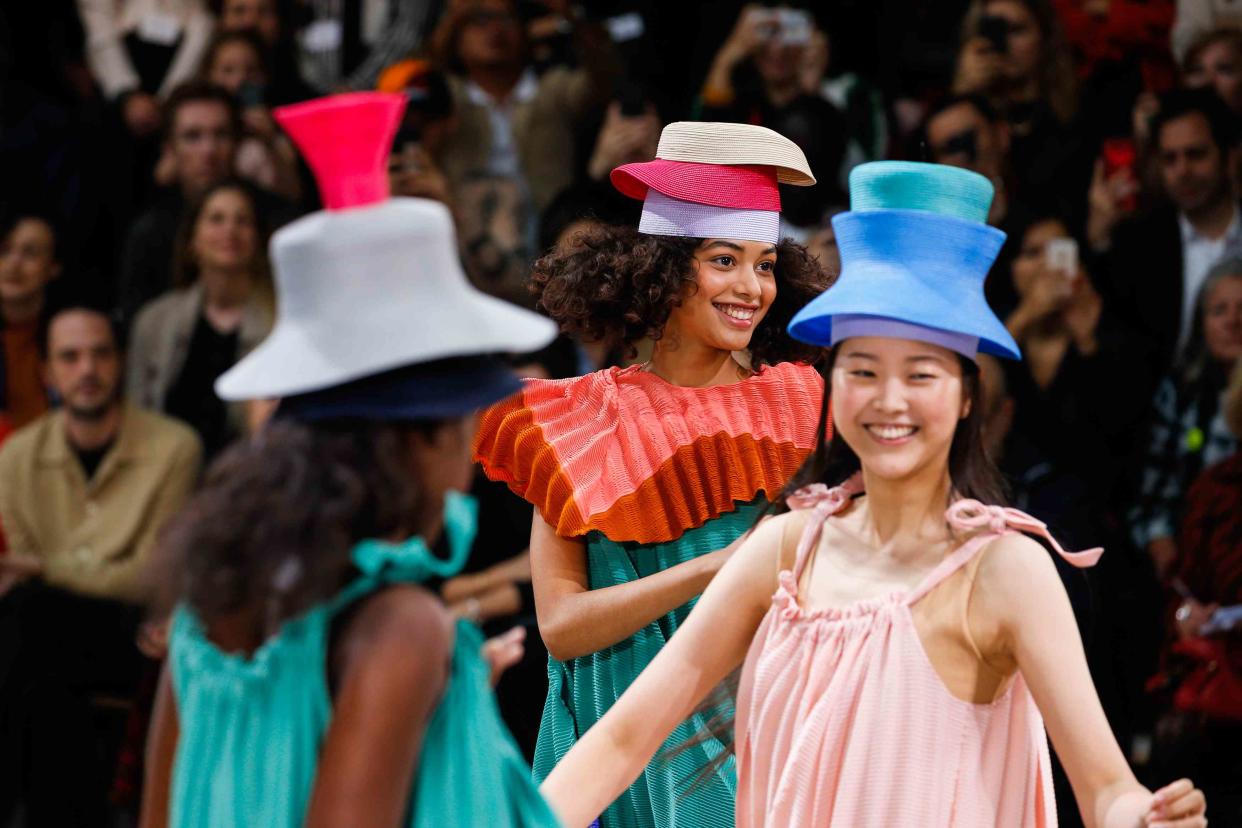
Getty Images
- Oops!Something went wrong.Please try again later.
- Oops!Something went wrong.Please try again later.
Japan is on the cutting edge of everything as the country has a centuries-long knack for technological, culinary, and artistic innovation. It should be no surprise that some of fashion’s most inventive talents hail from the region. Interior design practices such as wabi-sabi, as well as the notion of kaizen—constant self-improvement—point to the nation’s inspiring ability to ritualize the mundane, elevating the most minute tasks or arranging an environment just to make one’s entire life better.
Brands like Comme des Garçons and Issey Miyake demonstrate Japan’s reverential approach to tailoring and construction, sharing elegant yet avant-garde garments with the world. Keep reading to discover six of the best Japanese brands.
and wander
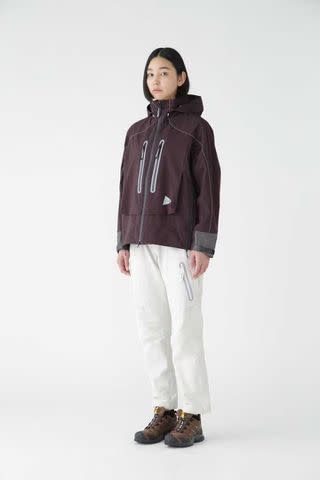
andwander.com
Founded in 2011 by former Issey Miyake designers Keita Ikeuchi and Mihoko Mori, and wander is fiercely committed to presenting a refined yet rugged aesthetic, bridging the gap between thoughtful fashion and practical outdoor garments. Nestled in the heart of Shibuya, “the pleasure of playing in the mountains” serves as and wander’s North Star. Driven by the founders’ own hiking experience, the brand’s offerings are made to withstand a myriad of climates and are tested in both Japan and global locations, proving and wander’s devotion to quality.
The brand’s expert craftsmanship is demonstrated through its plethora of innovative silhouettes and keen attention to detail, delivering unparalleled technical fabrics. Using a precise pattern-cutting method, items such as the quilted diamond stitch-down hoodies and longline PRIMALOFT rip coats utilize sturdy, water and wind-resistant materials. The inimitable label is grounded in a mostly subdued color palette with a sporadic splash of color to mirror pigments found in nature.
AURALEE
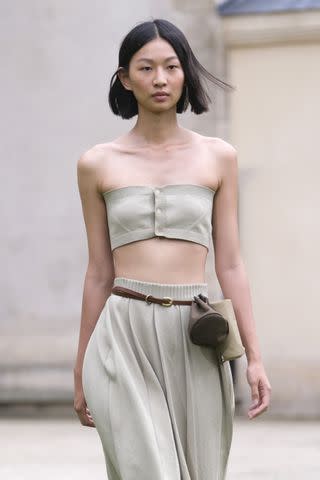
Getty Images
Rooted in a sense of timeless elegance, AURALEE defies fleeting trends, welcoming refined, minimalistic garments. Founded by Ryota Iwai in 2015, the brand name is borrowed from an American folk song and means “The Lands That Lights Up.” While Iwai was unaware of the meaning at the time, his choice was nonetheless serendipitous as he imagined his “collections to be worn in the morning light.” Evoking the twinkling effervescence of dawn’s early hours, AURALEE’s collections are filled with clothing that are both soft in tone and texture. The brand prioritizes comfort above all else, using raw textiles and yarn sourced in Japan and globally for its items, resulting in the brand’s superior quality.
Dreamy knit dresses and billowing sets join wool maxi skirts and ultra-light nylon puffers, creating a capsule wardrobe that sets itself apart with its color palettes and material choice. AURALEE’s attention to detail transforms staples into must-have essential pieces, confidently whispering, “quiet luxury.” The understated brand also recently launched a collaboration with New Balance, unveiling the expectedly sleek and simple Warped Runner during the Spring/Summer 2024 season for Paris Fashion Week, alongside the dynamic 1906R this past month, proving AURALEE”s versatility.
Comme des Garçons
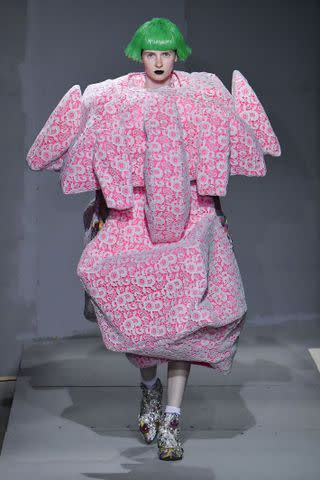
Getty Images
No list of Japanese fashion brands would be complete without Comme des Garçons. The avant-garde label has been paving the way and breaking barriers in fashion since its inception. Alongside Yves Saint Laurent and Karl Lagerfeld, founder Rei Kawakubo is one of the only three designers to have a dedicated Met Gala theme. While the tried and true streetwear brand bears a French name, it was established in Tokyo in 1969 by Kawakubo, making its runway debut in Paris in 1981 and becoming the first Japanese brand to present a collection in the city of lights. Additionally, Kawakubo never graduated from fashion school, having worked in advertising at a textile company and later pivoted to freelance stylist work before starting her now legendary brand.
In typical icon behavior, Kawakubo’s designs were initially misunderstood but soon began to attract a discerning crowd. Her first collection drew criticism because of its abundance of black, theatrical pieces. The gothic theme led CDG’s fans to earn the nickname, Karasu, which is Japanese for crow. “If I could do an all-black collection, then I would,” she shared with The Sunday Times in 1986. CDG’s inventive designs are truly works of art as the brand entertains exaggerated silhouettes and enigmatic shades, bordering on unwearable – at least for those who aren’t brave enough. Kawakubo’s creations tend to incite controversy, but a closer inspection reveals a decidedly modern and playful approach to fashion. The brand has gone on to become a high fashion staple, worn by celebrities and enjoying partnerships with H&M, Nike, The North Face, and Converse All Star. Since its start, Comme des Garçons has stretched itself beyond its limits, introducing fragrance, as well as its Homme Plus line for men.
Issey Miyake
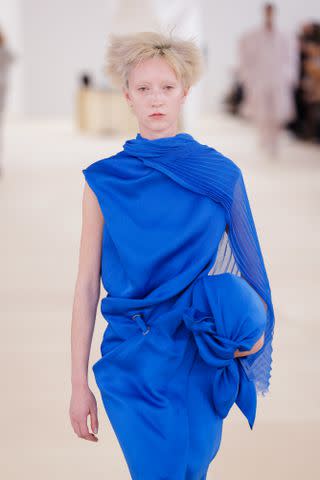
Getty Images
Famous for his pleats and progressiveness, Issey Miyake was in a league of his own, democratizing fashion and leading with technology. The designer founded his ground-breaking brand in 1970, eventually changing the world of fashion. Having survived the Hiroshima atomic bombs as a child, Miyake fell in love with his craft in Paris, studying at the Ecole de la Chambre Syndicale de la Couture in 1960, just as Yves Saint Laurent and Karl Lagerfeld did prior. Miyake later apprenticed to none other than Hubert Givenchy.
As the student revolutions in France were underway, Miyake concluded that he wanted to make clothes for everyday people rather than just the elite. “I realized that the future was in making clothing for the many, not the few. I wanted to make clothing that was as universal as jeans and T-shirts,” he told WSJ Magazine in 2012. The visionary’s inclusive approach didn’t stop there as Miyake later featured models over the age of 60 in his 1996 Carrousel du Louvre show, well before age acceptance became trendy. Miyake’s most known for his micropleating, utilizing a heat press to shape the polyester fabric. A Piece of Cloth or A.P.O.C. arrived in 1999, debuting the tubular fabric, which was fashioned from a single thread. 2010 welcomed 132 5. Issey Miyake, an ingenious inventive collection, reimagining the way clothing takes up space. Thanks to strategic folds, fabric forms the building blocks of 3-D garments, turning them into geometric works of art. Miyake died in August 2022 of liver cancer, leaving behind an incredible legacy.
sacai
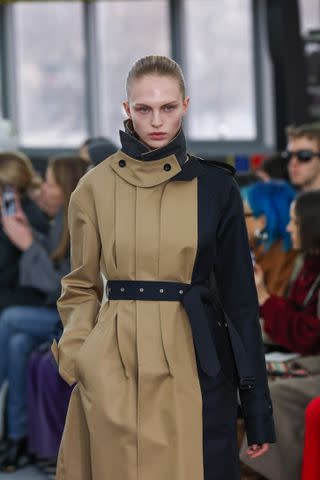
Getty Images
After her tenure as a pattern maker at Comme des Garçons and Junya Watanbe’s design team, Chitose Abe brings her one-of-a-kind sense of tailoring to sacai. Abe founded her cult-classic brand in 1999 after the birth of her first child, looking for a way to channel her creativity. With layering techniques at its heart, the brand is known for its elegant construction, fluidly shifting between genders with its androgynous silhouettes and high-low aesthetic.
Abe initially made her start with “sacai luck,” rolling out a lingerie line in 2006, growing her offerings into a fully-fledged womenswear collection with her debut at Paris Fashion Week in 2009. Its recent Spring/Summer 2024 collection boasted utilitarian trench coats made more intriguing with buoyant stitching, while generously oversized sleeves add levity to otherwise stiff denim jackets. Business as usual oxford shirts could easily turn the morning commute into a runway, thanks to its inflated outline. The brand subtly pays homage to Abe’s Japanese heritage, elevating classics with masterful attention to shape and careful consideration of fabrics, allowing the garments’ to speak for themselves.
Yohji Yamamoto
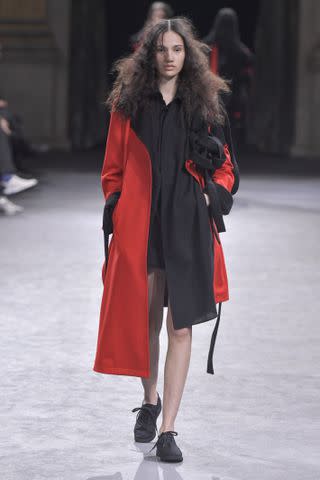
Superior tailoring is a hallmark of Japanese fashion and it’s no mistake that Yohji Yamamoto has been leading the way with his exceptional designs. Typically arriving in enigmatic black, Yamamoto’s collections are ripe with his signature draping and provocative cut-outs. A glimpse into the brand’s Spring/Summer 2024 collection reveals a romantic gothic taste, showcasing tattered lace gowns and frocks with frothy dome-like skirts, alongside sensual dresses with midriff-baring layering and cropped waistcoats. Yamamoto’s origami-like structures are amplified by his restrained color palette, emphasizing his unmatched techniques.
Yamamoto began his career in fashion after graduating from Keio University with a law degree in 1966. Compelled by a change of heart, the Tokyo-born designer decided to follow in his dressmaker mother’s footsteps, joining her as an assistant at her shop. Yamamoto eventually enrolled in Bunka Fashion College, which has an alma mater including Kenzo Takada and Junya Watanabe. Since then, the creative has split his time between Japan and Paris, where he opened his first brick-and-mortar store. Yamamoto has also worked with the likes of Adidas, resulting in the Y-3 brand, as well as Hermès and Supreme.
Related: The 10 Best French Clothing Brands, According to Fashion Insiders
For more InStyle news, make sure to sign up for our newsletter!
Read the original article on InStyle.

